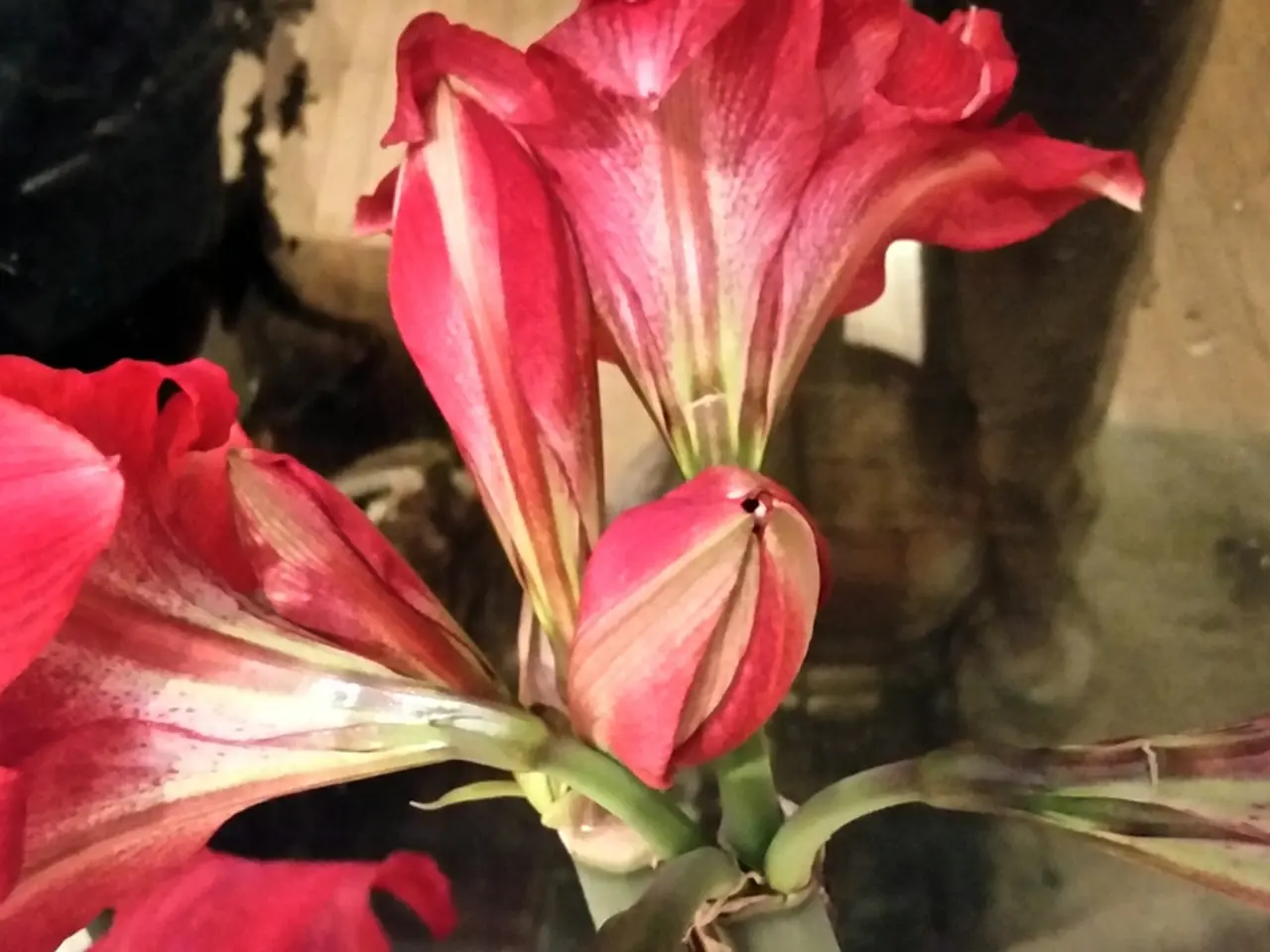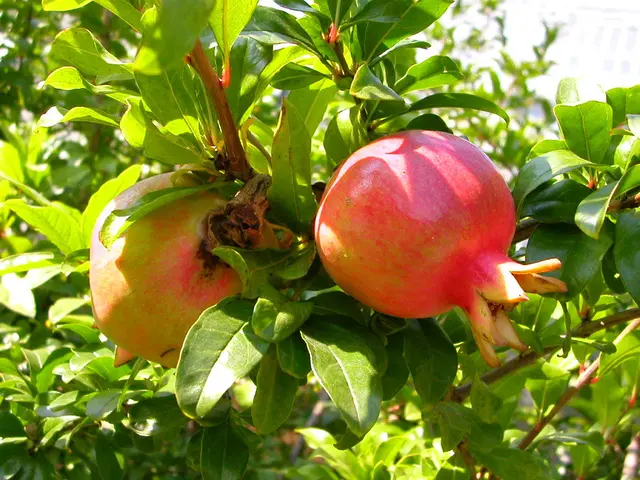Poppies carry deep meaning across cultures and ancient civilizations
Poppies, known for their vibrant red petals and delicate black centers, are more than just beautiful flowers. They are rich in symbolism and have played significant roles in various cultures throughout history.
Poppies are herbaceous plants that can be annual, biennial, or short-lived perennials. They come in diverse shapes, sizes, and colors, with red being the most common. These flowers symbolize a multitude of things, including consolation, remembrance, peace, dreams, and even luxury. Their pain-relieving properties have been harnessed since ancient civilizations, leading to the extraction of morphine and codeine.
In Greek mythology, the poppy was linked to Demeter, the goddess of agriculture and fertility, and associated with sleep, peace, and rebirth. In ancient Egyptian culture, poppies were used in funeral rituals as a symbol of renaissance and eternal life. The red poppy, in particular, is a universal symbol of commemoration and resilience, widely recognized across different cultures.
Poppies, with their vivid beauty and rich symbolism, have inspired fascination and have been revered in various cultures for thousands of years. From their association with gods and goddesses to their role in medicine and remembrance, these flowers continue to captivate and hold significant meaning.







